Imagine thinking an entire species had vanished from the face of the Earth—only for it to resurface as if nothing happened. It sounds like the stuff of sci-fi movies, but nature loves surprises, and some animals have pulled off the ultimate disappearing act. From creatures that seem frozen in time to species that reappear decades—or even centuries—later, these “Lazarus species” prove that extinction isn’t always final. Get ready to meet 12 strange animals that fooled us all and made stunning comebacks.
1. Coelacanth

Let’s start with the coelacanth, a fish that looks like it swam straight out of prehistoric times. Everyone thought it went extinct about 66 million years ago, but surprise, it was chilling near South Africa, minding its own business. According to the Smithsonian Ocean portal, this “living fossil” was identified by Marjorie Courtenay-Latimer, who recognized its significance upon its capture by a local trawler.
The coelacanth was thought to be the missing link between fish and land animals. Its lobe fins are fascinating since they resemble the limbs of land vertebrates, showing just how close it came to walking instead of swimming. People were so sure it was extinct because it was only known through fossils. But now, divers and fishermen have spotted them in the wild, swimming deep in the Indian Ocean. Talk about a comeback story!
2. Takahe
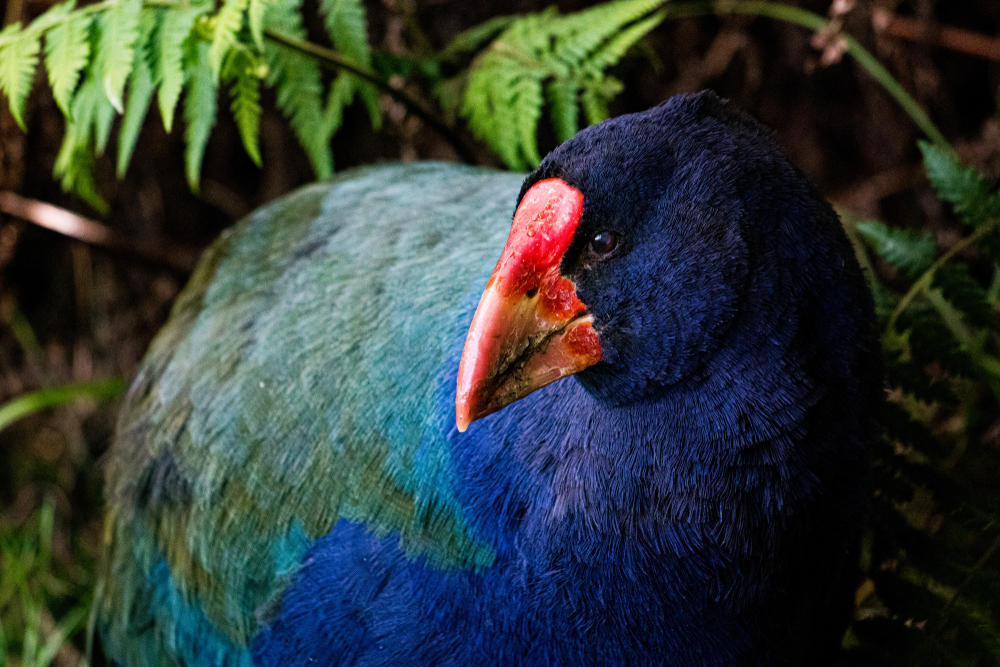
Next up is the takahe, a colorful bird from New Zealand that seemed to have vanished. It was believed to be extinct since the late 19th century. The New Zealand Department of Conservation highlights that Dr. Geoffrey Orbell found the takahē in the remote Murchison Mountains, leading to significant conservation efforts to protect this unique species. This flightless bird is a hefty mix of blue and green, waddling around the Fiordland mountains. Finding them was like discovering a living gem.
The takahe’s journey from presumed extinction to thriving in conservation projects is inspiring. They’re now carefully monitored and protected, with their numbers slowly increasing. It’s a tough fight against predators and habitat loss, but people are rooting for them. It’s like New Zealand’s very own redemption arc for this feathery fellow. Makes you wonder what other “extinct” species might be hiding out there!
3. La Palma Giant Lizard
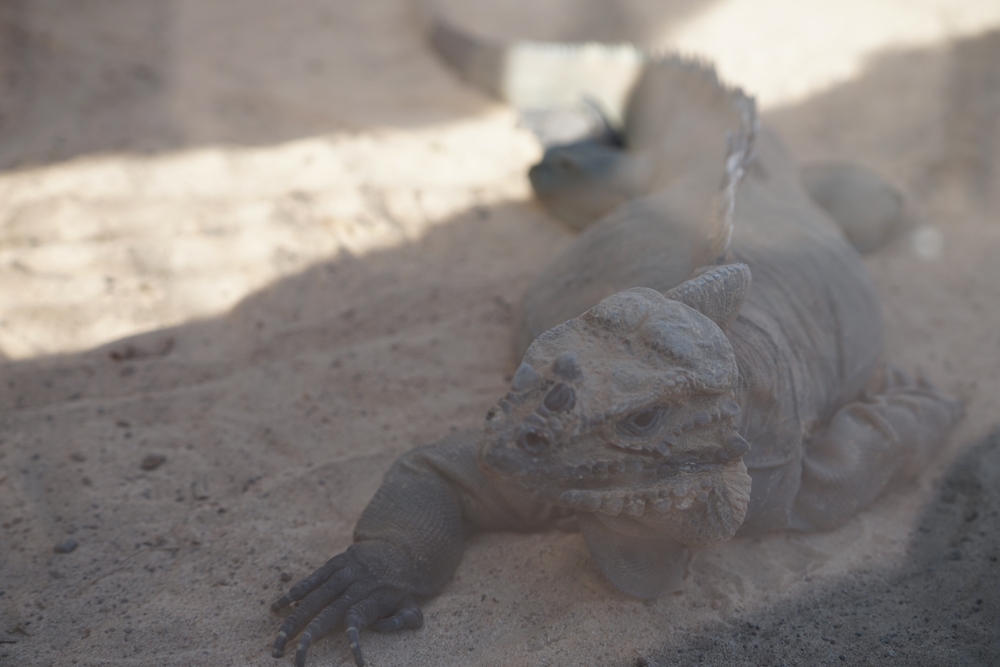
The La Palma giant lizard was thought to be history until someone spotted it sunbathing. These lizards were believed to be extinct due to predatory cats introduced to their habitat, but they were rediscovered in 2007 on the Canary Islands. The island’s ecosystem is pretty unique, creating a perfect retreat for these elusive reptiles. They’re quite large for lizards, growing up to a foot long!
Their rediscovery was a thrilling event for reptile fans and scientists alike. Since then, conservationists have been working hard to protect their habitats and increase their numbers. It’s not easy, given the challenges of invasive species and habitat destruction. But at least now they have a fighting chance. These lizards are like the comeback kings of the Canary Islands.
4. New Guinea Singing Dog

Here’s one for the dog lovers: the New Guinea singing dog. These dogs were believed to be extinct in the wild, with only a few in captivity. A wild population was discovered, and they are still belting out their unique howls. Their vocalizations are something special, almost like a symphony in the wild. It’s not just barking; it’s an aria!
Their survival story is quite interesting, as they’ve adapted to harsh environments in New Guinea. Scientists are now studying them to understand their genetics and behavior better. They’re actually more closely related to ancient dogs than modern-day breeds. This means they hold a wealth of information about the evolution of canines. Plus, their melodic voices might just be some of the oldest tunes on Earth.
5. Chacoan Peccary
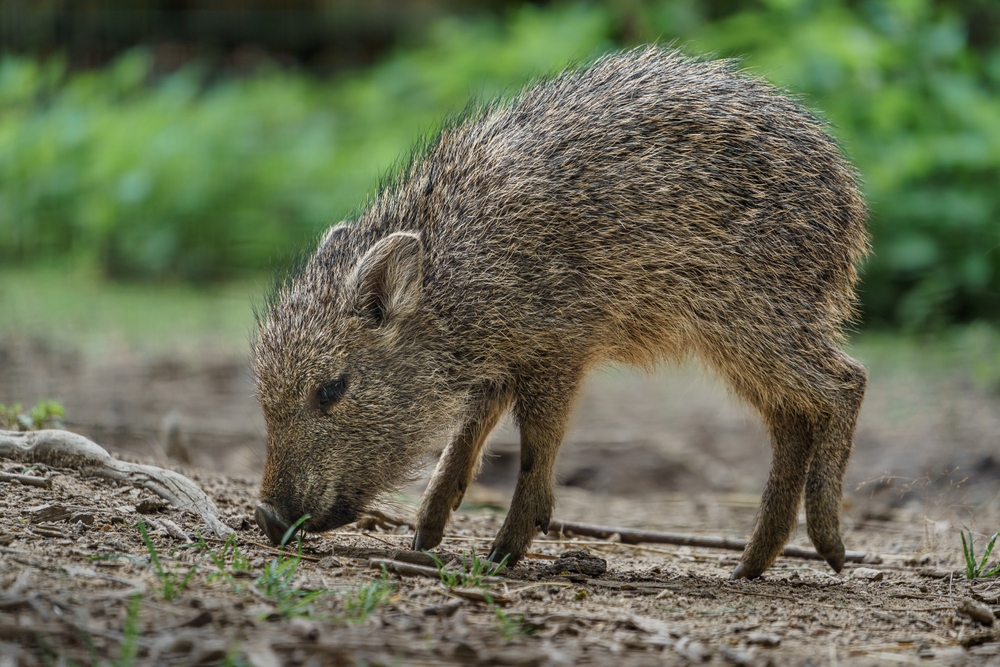
Meet the Chacoan peccary, a pig-like animal that decided to surprise everyone by not being extinct. Scientists originally only knew it through fossils until it popped up in the Gran Chaco region of South America. They were “rediscovered” in the 1970s, and that was quite the jaw-dropper. These little guys have a lot of personality, often seen snuffling around in groups.
Their habitat is harsh and semi-arid, which might explain why they flew under the radar for so long. Conservationists are now working to protect these animals and their environment. Though their numbers remain low, they’re holding steady. And it’s a good thing, too, because they’re the only living representative of their genus. So, this little peccary is kind of a big deal!
6. Lord Howe Island Stick Insect
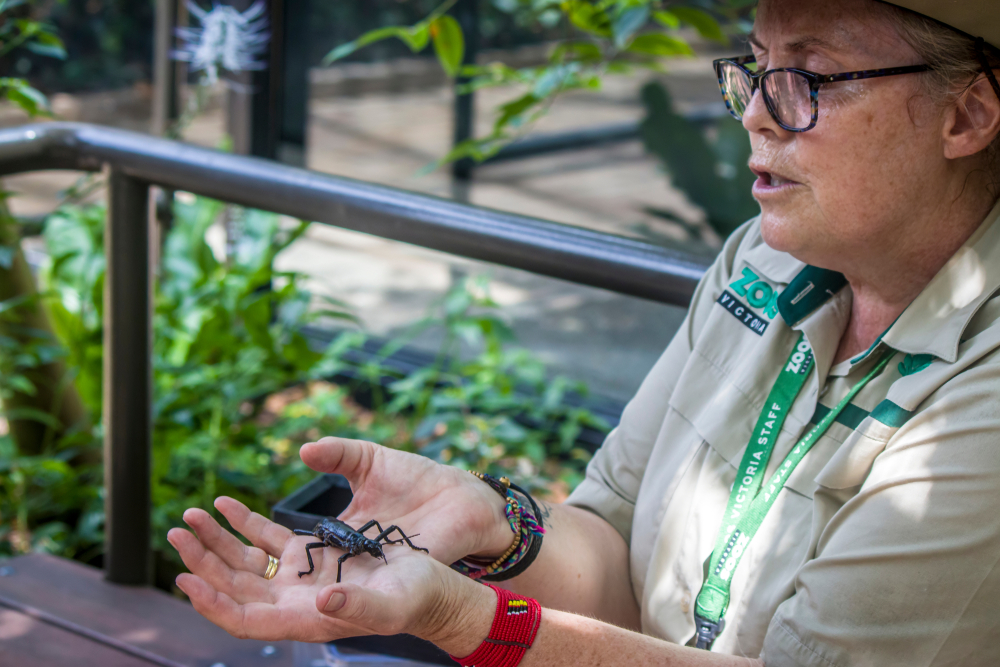
Now, let’s talk about an insect that’s as big as your hand—the Lord Howe Island stick insect. For years, people thought it was gone forever, thanks to rats that invaded its home island. But in a plot twist worthy of a thriller, they were found on Ball’s Pyramid, a rocky outcrop. This insect is sometimes called the “tree lobster,” which just adds to its mystique. It’s not just its size but its resilience that makes it incredible.
The discovery has led to successful captive breeding programs, with hopes of reintroducing them to their native habitat. These creepy-crawlies are not only survivors but also symbolize hope for conservation efforts. The world of insects is full of surprises, and this is one of the most heartening. Their story is proof that even the most unlikely creatures can make a comeback. Sometimes, nature has plans beyond our understanding.
7. Night Parrot
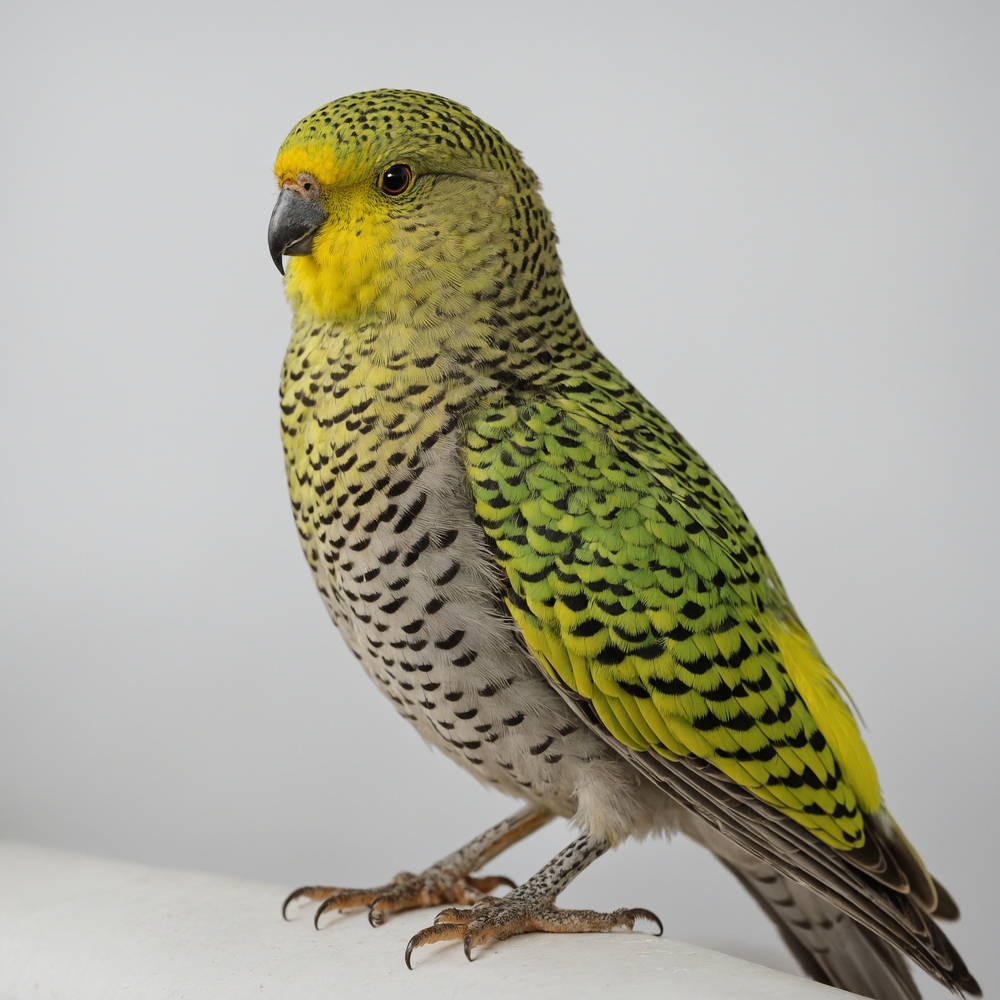
Australia’s night parrot had vanished from sight for over a century, earning itself a reputation as a ghost of the outback. It was rediscovered in 2013, and the birdwatching world collectively gasped. This elusive bird was last seen in the late 1800s, hiding away in the remote deserts of Australia. It’s a nocturnal bird, which made finding it even trickier. People weren’t even sure if it still existed until recent confirmed sightings.
Now, conservationists are racing against time to protect its limited habitat from threats. The night parrot still remains shrouded in mystery, with much yet to learn about its behavior and numbers. But now, there’s a glimmer of hope and renewed efforts to study and conserve this enigmatic creature. It’s like finding a feathered needle in a haystack. Who knows what other secrets the Australian outback holds?
8. Javan Elephant
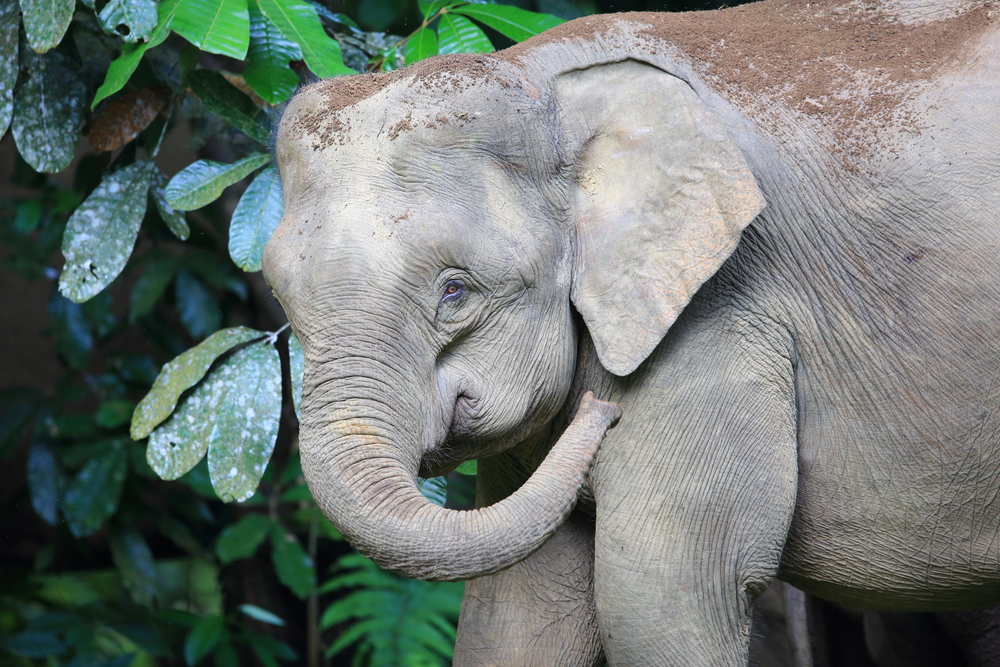
You might think elephants are hard to lose, but the Javan elephant is a special case. It was believed to have been extinct since the 19th century. It turns out they might have survived by migrating, leading to the population of pygmy elephants in Borneo. Their survival is a testament to their adaptability and resilience. These elephants are smaller than their mainland cousins, which makes them all the more fascinating.
Their story is not just about survival but also about mystery and adventure. Conservationists are now working to ensure their protection, as they face threats from habitat destruction and human activities. The Javan elephant’s tale reminds us of the interconnectedness of ecosystems and species survival. It’s like an elephant-sized puzzle that researchers are still piecing together. And in the wild world of elephants, this is a story of hope and resilience.
9. Monito del Monte
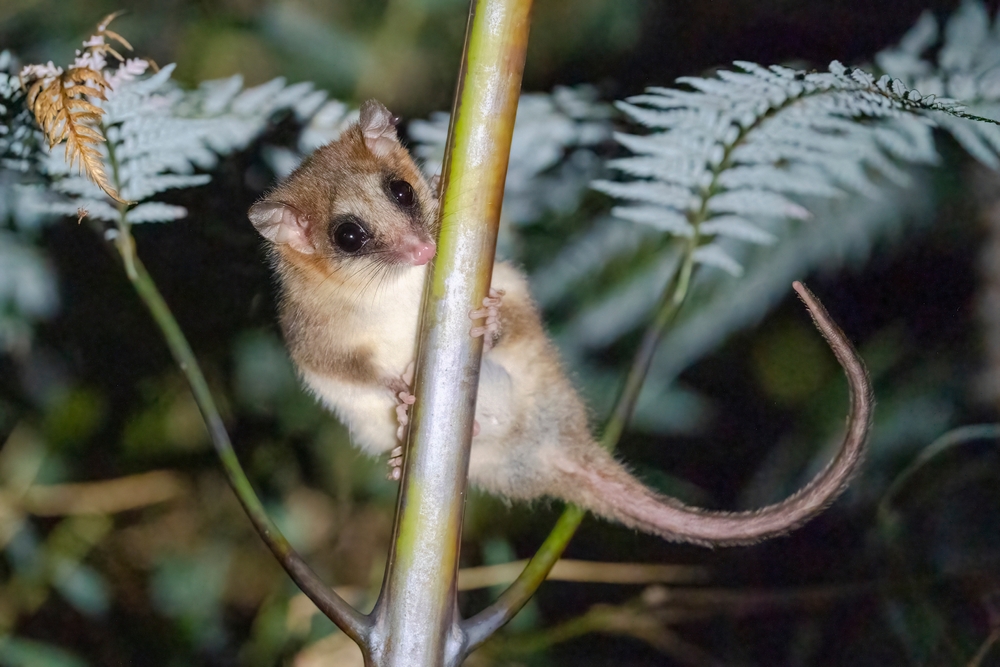
The monito del monte, a small marsupial from South America, was thought to be extinct as recently as a few decades ago. This “monkey of the mountains” made a surprising return in the forests of Chile and Argentina. It’s a tiny creature, about the size of a mouse, but with a long prehensile tail. These little critters are crucial because they’re the only living link to ancient marsupials.
Their rediscovery was crucial for understanding marsupial evolution and the history of Gondwanaland, the ancient supercontinent. Conservationists are now studying their habitat needs and behaviors to ensure their survival. The monito del monte’s story is one of rediscovery and scientific excitement. Their existence is a peek into a world long past but still living among us. It’s a reminder that the natural world is full of surprises and hidden histories.
10. Wollemi Pine

The Wollemi pine is more like a living fossil than a tree. Discovered in 1994, it was believed to be extinct, with only fossil records remaining until then. A small grove was found in a remote canyon in Australia. This tree dates back to the time of the dinosaurs, making it a remarkable find. Its survival is nothing short of miraculous.
Since its rediscovery, efforts have been made to protect this ancient tree from disease and habitat loss. Propagation programs are now in place to help ensure its survival and increase its numbers. For plant lovers and scientists, this tree is like finding a real-life time capsule. The Wollemi pine’s story is a testament to the resilience of life and the wonders of our natural heritage. It’s a tree that’s truly stood the test of time.
11. Ivory-Billed Woodpecker
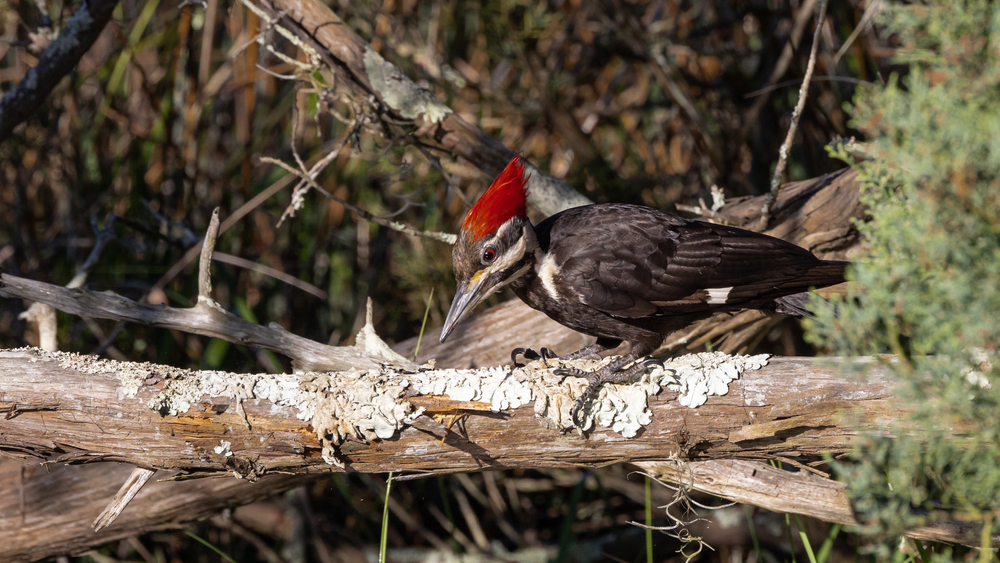
The ivory-billed woodpecker, often referred to as the “Lord God Bird,” was believed to have gone extinct in the mid-20th century. But there have been tantalizing reports and sightings suggesting it might still exist. This bird was once found in the bottomland forests of the southern United States. Its striking appearance and large size made it an icon of American wilderness.
Despite the lack of definitive evidence, some dedicated enthusiasts continue searching for it, keeping its legend alive. Conservationists hope to find enough evidence to protect its habitat, which is crucial for its survival. The ivory-billed woodpecker’s story is one of mystery and the human spirit of discovery. It’s a testament to the power of hope and the enduring allure of the natural world. Perhaps one day, this ghost bird will soar through our skies once more.
12. Pygmy Tarsier
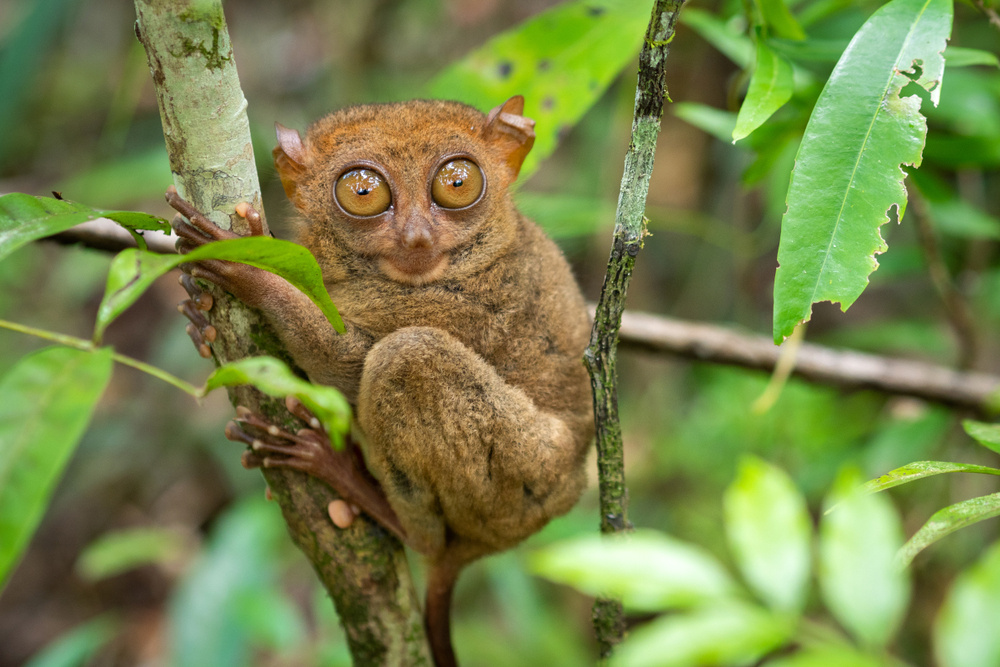
The pygmy tarsier is a tiny primate that seemed to vanish off the face of the Earth back in the 1920s. But as it turns out, it was just really good at hiding. It was rediscovered in the mountains of Indonesia in 2008. These little guys are about the size of a mouse, with big, wide eyes that seem to take in the whole world. They were thought to be extinct because no one had seen them for so long.
Their rediscovery has sparked efforts to study their behaviors and conservation needs. The pygmy tarsier’s story is a fascinating one, highlighting the incredible adaptability of nature. Now that scientists are aware of their existence, they can work on ways to protect them and their habitat. It’s like finding a tiny, furry treasure hidden in the treetops. Their existence reminds us that the world is full of wonders waiting to be rediscovered.
